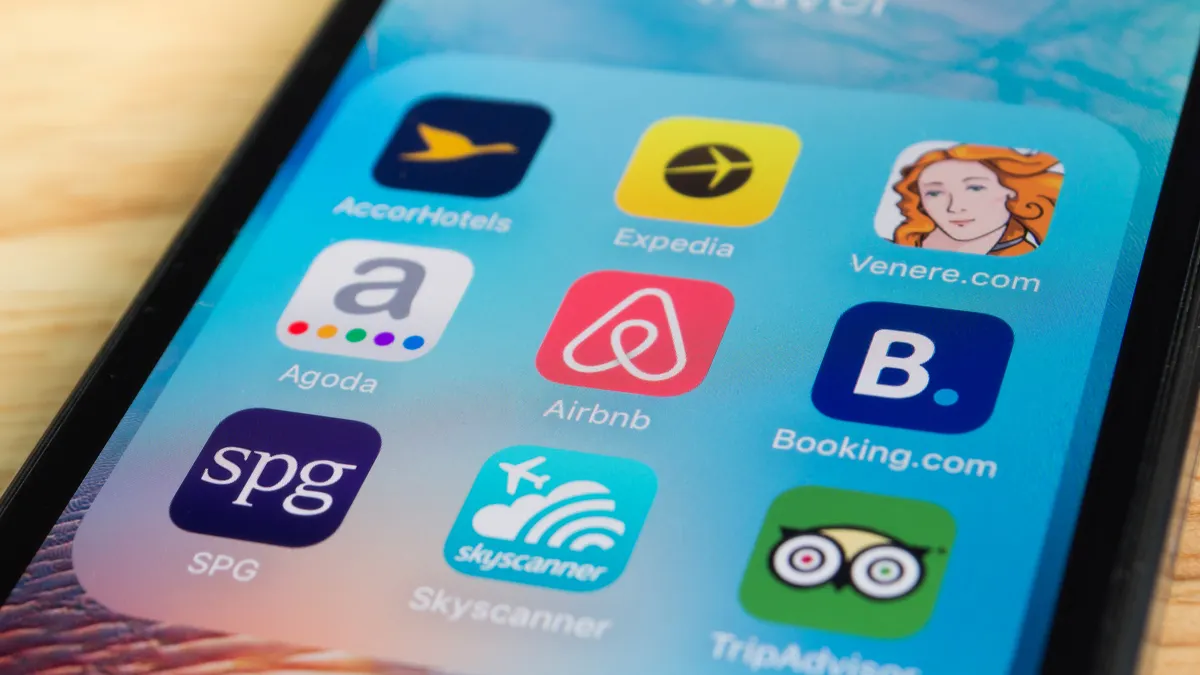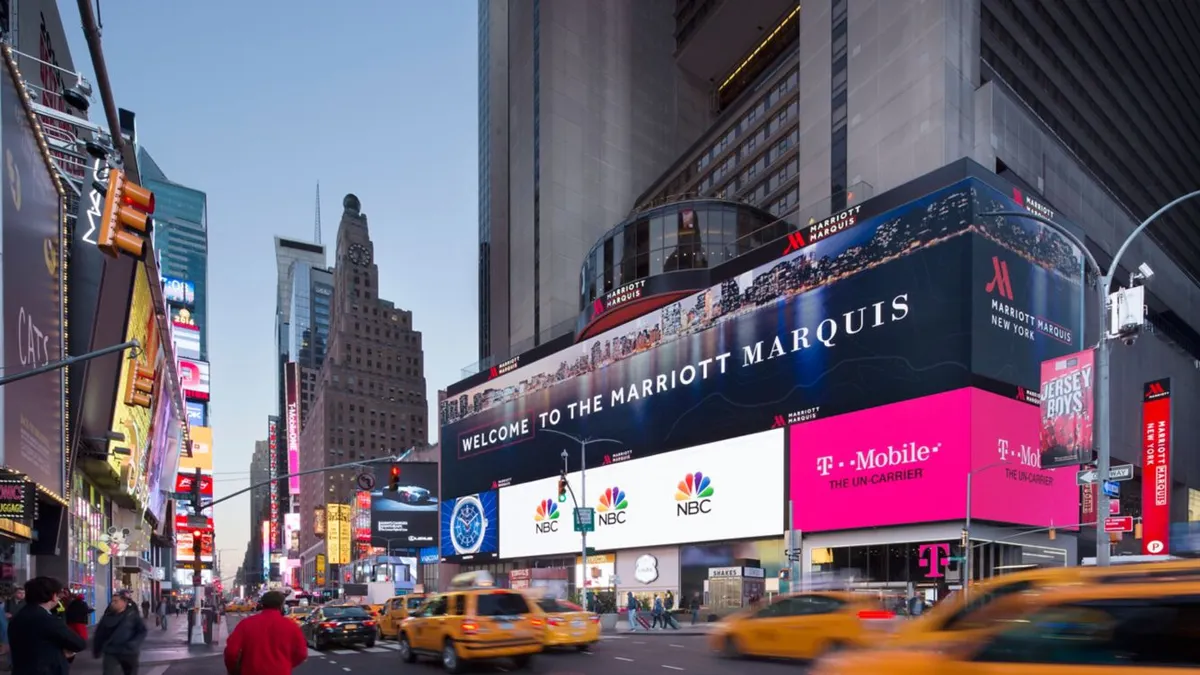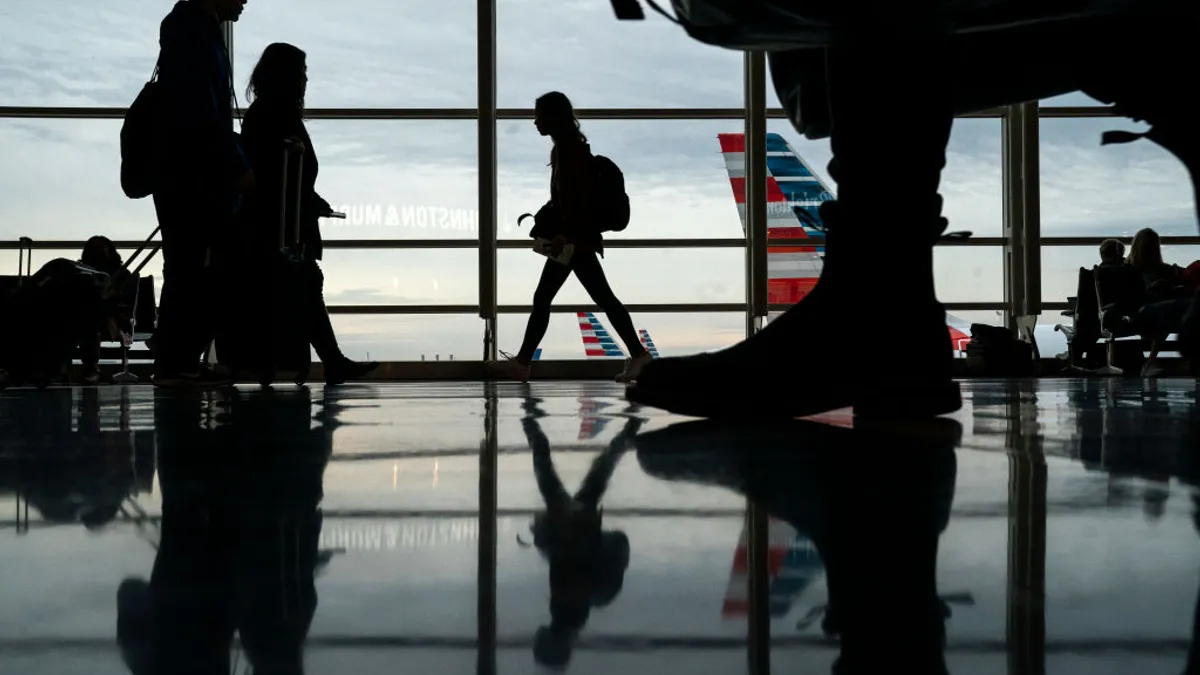The following is a guest post from Jamey King, senior marketing manager at hospitality software company Eviivo. Opinions are the author’s own.
In a tourism landscape shaped by disruption, U.S. hoteliers are at a pivotal turning point.
After a few years of pandemic recovery, operators are still navigating uneven demand patterns, changing traveler values and geopolitical uncertainty. Many had hoped international travel would rebound strongly by now, but the data shows otherwise. With overseas visitors declining and economic pressures mounting, it’s time for a strategic reset.
Hoteliers can no longer rely on the old playbook centered around high-spending inbound tourists. Instead, the way forward is a domestic-first strategy, one that prioritizes local and regional guests, adapts quickly to evolving preferences and optimizes technology to stay competitive.
This shift requires a rethinking of who the primary guest is, how to serve them meaningfully and what tools are essential to succeed in today’s marketplace.
Why a domestic-first strategy is pertinent in 2025
Domestic travel represents the bulk of the U.S. tourism economy. Last year, nearly 90% of all U.S. tourism spending came from domestic travel, with Americans vacationing at home in record numbers, according to the World Travel & Tourism Council. In January, the U.S. Travel Association forecast that U.S. domestic leisure travel would increase 3.9% in 2025, reaching more than $1 trillion with a future upward trajectory.
Americans are traveling closer to home, with growing interest in meaningful, restorative getaways that don’t require international flights or logistical hurdles.
Instead of long-haul adventures, they are gravitating toward micro-trips, regional retreats and nature-led experiences. They’re booking spontaneous escapes, seeking personal wellness and blending work and leisure. These types of trips are driven by flexible remote workers and digital nomads extending long weekends or seeking peace in off-peak periods.
While domestic demand strengthens, inbound international travel is heading in the opposite direction. International arrivals to the U.S. have fallen significantly, declining 11.6% year over year in March, according to data from the National Travel & Tourism Office. WTTC, meanwhile, warned in May that the U.S. was on track to lose $12.5 billion in international visitor spending this year due to declining traveler confidence.
Several converging issues are contributing to this decline: a strong dollar, prolonged visa processing delays, global political friction and growing discomfort with U.S. border policies. The U.S. stands out as one of the only major economies experiencing a downturn in tourism receipts. In gateway cities, where foreign visitors have traditionally driven premium ADRs and longer stays, the impact is far more pronounced.
This means domestic travelers are now the core market, but they come with distinct expectations. There are several ways a local-first strategy can help hoteliers bridge the revenue gap left by high-value international guests.
How U.S. hoteliers can combat declining international tourism
Hoteliers must be able to adapt to shorter booking windows. Domestic travelers are booking closer to their stay dates, so hotels need smarter dynamic pricing and inventory tools that can react quickly to these changes. This will allow them to capture the right rate at the right time and adapt to fluctuations in demand and competitor moves.
Additionally, guests often search with hyper-specific queries such as “eco-lodge in Sedona” or “boutique inn near Portland.” If a property doesn’t rank for these kinds of searches, it’s invisible to a highly motivated, local audience. Strong local search engine optimization, location-targeted content and easy-to-navigate direct booking systems are critical to capturing organic demand and reducing OTA dependence.
Modern travelers expect flexibility, and properties offering free or lenient cancellation, same-day changes and locals-only incentives can see better conversion rates and higher guest satisfaction. In a world filled with uncertainty and impulse, flexibility can be the dealbreaker. An analysis of more than 8,000 Eviivo users found that operators who offered free cancellation up to seven days before check-in saw a significantly higher occupancy rate, between 6% and 10% higher. This shows that greater flexibility can be a powerful conversion tool.
Hoteliers can partner with local businesses to build regional value. Collaborations with nearby vineyards, hiking guides, yoga instructors or artisan food producers can add value without increasing overhead costs. These partnerships transform a stay into an experience, and give guests the feeling that they’re discovering something unique, worth sharing and repeating.
Hoteliers should look for property management systems with the ability to offer and book extras, including local third-party products and services, at any time during the guest journey or their stay.
Finally, as new generations of travelers emerge, hotels should work to deliver curated experiences that resonate. Gen Z and millennial travelers aren’t driven by star ratings. They’re booking places that align with their lifestyle and values.
Farm-to-table cooking classes, foraging walks, mindfulness sessions or photography tours tap into their appetite for discovery and connection. Layering in personalization through context-aware and automated guest communications, or segmented offers, makes those experiences feel tailored and memorable.
The bottom line is that success in 2025 will be defined by how well you can serve those already nearby, and those seeking connection and quality. A local-first mindset, backed by agile, tech-enabled operations, is the most dependable growth strategy for hoteliers this year.

















